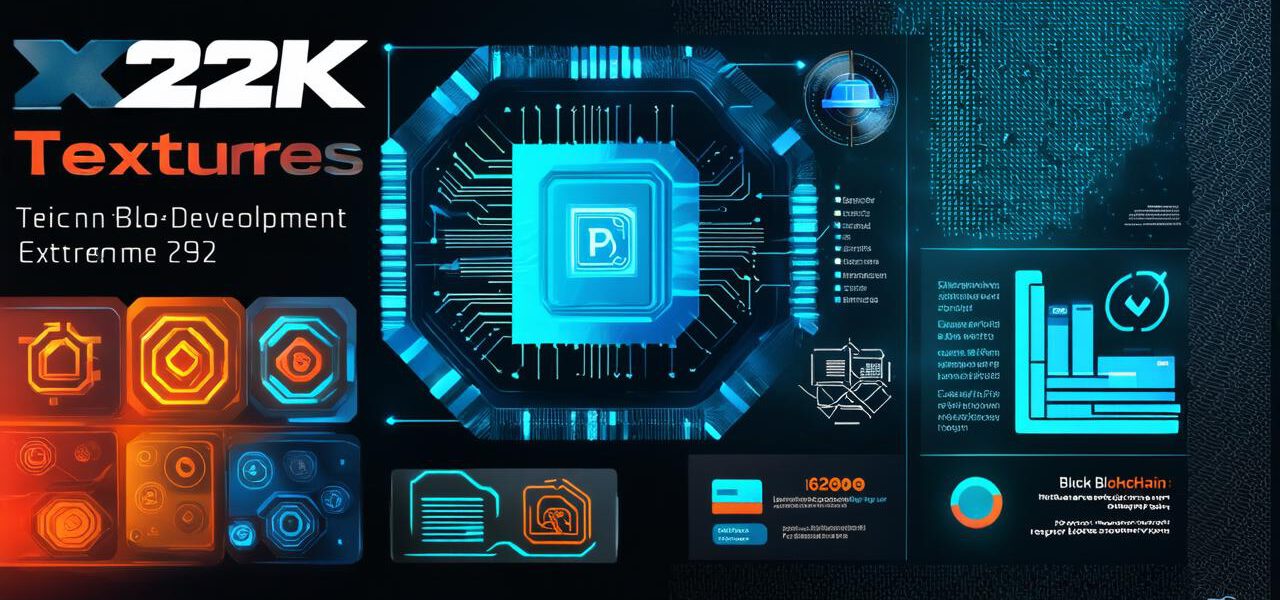
Best blockchain development frameworks to consider
The Top Blockchain Development Frameworks for Your Next Project
If you’re interested in blockchain development, you know that there are many different options out there when it comes to building your projects. But with so many options available, how do you choose the right one? In this article, we’ll take a closer look at some of the best blockchain development frameworks available today and explore their features, strengths, and weaknesses.
Ethereum
Ethereum is by far the most popular blockchain platform for building decentralized applications (DApps). It allows developers to create smart contracts, which are self-executing programs that run on the blockchain. Smart contracts can be used to automate a wide range of tasks, from buying and selling assets to creating complex supply chain systems.
One of the key strengths of Ethereum is its flexibility. It allows developers to use any programming language they want when building smart contracts, and it supports a wide range of different programming languages. This makes it easy for developers with different skill sets to work together on projects.
Another strength of Ethereum is its strong developer community. There are thousands of developers working on the platform, which means that there is plenty of support available when you need it.
However, one of the main weaknesses of Ethereum is its high gas fees. Gas fees are the costs associated with running smart contracts on the blockchain, and they can be quite expensive. This can make it difficult to build applications that are scalable and cost-effective.
EOS
EOS is another popular blockchain platform for building DApps. It was created specifically for building high-performance decentralized applications, and it has a number of features that make it well-suited for this task.
One of the main strengths of EOS is its speed. Transactions on the EOS blockchain are processed almost instantly, which makes it much faster than other blockchain platforms. This can be especially useful when building applications that require real-time processing and decision-making.
Another strength of EOS is its scalability. It allows developers to build applications that can handle a large number of users without slowing down or crashing. This makes it a good choice for applications that are expected to grow rapidly over time.
However, one of the main weaknesses of EOS is its lack of flexibility. Unlike Ethereum, which supports a wide range of programming languages, EOS only supports one programming language: C++. This can make it difficult for developers with different skill sets to work together on projects.
Tron
Tron is a blockchain platform that was created specifically for building DApps. It has a number of features that make it well-suited for this task, including its support for decentralized storage and its ability to handle high transaction volumes.
One of the main strengths of Tron is its speed. Transactions on the Tron blockchain are processed almost instantly, which makes it much faster than other blockchain platforms. This can be especially useful when building applications that require real-time processing and decision-making.
Another strength of Tron is its scalability. It allows developers to build applications that can handle a large number of users without slowing down or crashing. This makes it a good choice for applications that are expected to grow rapidly over time.
However, one of the main weaknesses of Tron is its lack of flexibility. Like EOS, it only supports one programming language: Solidity. This can make it difficult for developers with different skill sets to work together on projects.
Hyperledger Fabric
<p



